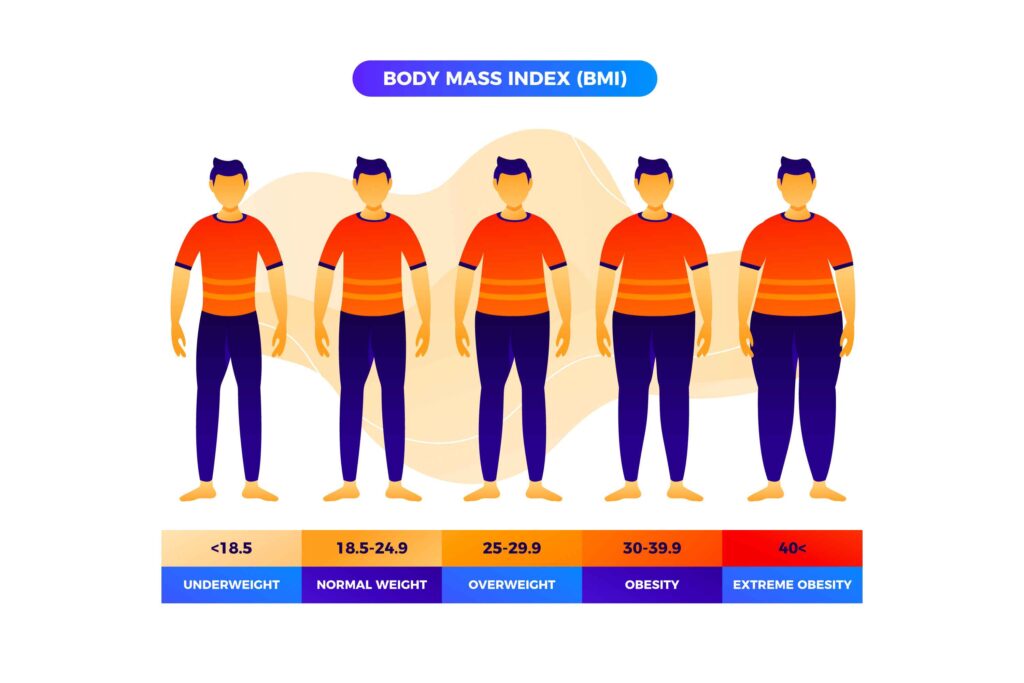Normal Liver Size in cm by Age - What You Need to Know
The liver is one of the most important organs in the body, responsible for numerous functions, including detoxifying the blood, producing bile, and storing essential nutrients. Understanding the normal liver size in cm by age can provide valuable insights into liver health. In this blog, we’ll delve into liver size variations across different age groups and explain why liver size matters for overall well-being.
What is the Normal Liver Size?
Before diving into age-specific liver sizes, it’s essential to know the average size of a healthy liver. In a typical adult, the liver weighs between 1.2 to 1.5 kilograms and spans about 15 to 17 cm in the right midclavicular line (a vertical line drawn from the middle of the clavicle). However, this size can vary based on factors like age, gender, and body mass.

Why Does Liver Size Vary?
Several factors contribute to variations in liver size, such as:
- Age: Liver size changes as we grow from infancy to adulthood.
- Gender: Men typically have larger livers than women due to differences in body mass and metabolic demands.
- Body Size: Taller and heavier individuals may have slightly larger livers compared to those with smaller body frames.
- Health Status: Certain conditions, such as fatty liver disease or cirrhosis, can enlarge or shrink the liver.
Normal Liver Size in Infants
At birth, the liver is relatively large compared to the size of the infant’s body. On average, the liver measures around 4.5 to 5 cm in newborns. This larger size relative to body mass is necessary for the metabolic demands of infancy. During the early years of life, the liver continues to grow rapidly as the child’s body develops.
Liver Size in Infants:
- Newborn: 4.5 – 5 cm
- 1 year: 6 – 6.5 cm
Normal Liver Size in Children
As a child grows, the liver size increases steadily. Between the ages of 1 and 12, the liver continues to grow, but at a slower rate compared to infancy. A typical liver size for children between 5 and 10 years of age ranges from 6 to 10 cm, depending on their height and overall body size.
Liver Size in Children:
- 5 years: 6.5 – 8 cm
- 10 years: 8 – 10 cm
Normal Liver Size in Adolescents
During adolescence, the liver begins to approach its adult size. This growth is influenced by the hormonal changes that occur during puberty. In adolescents, the liver size may reach between 12 to 14 cm, depending on body mass and gender.
Liver Size in Adolescents:
- 13 years: 10 – 12 cm
- 16 years: 12 – 14 cm
Normal Liver Size in Adults
Once an individual reaches adulthood, the liver size generally stabilizes, although it can still change based on body weight and health status. In healthy adults, the normal liver size ranges between 15 to 17 cm along the right midclavicular line. Men may have slightly larger livers than women due to differences in body size and muscle mass.
Liver Size in Adults:
- Male: 15 – 17 cm
- Female: 13 – 15 cm
Liver Size in Older Adults
In older adults, liver size may decrease slightly due to age-related changes in organ structure and function. However, the liver continues to perform its vital functions effectively. It’s important to note that a shrinking liver in older adults may also indicate underlying health issues, so regular monitoring is advised.
Liver Size in Older Adults:
- 12 – 15 cm, depending on individual health and body composition
Factors Affecting Liver Size
Several factors can influence liver size beyond age. Understanding these can help you monitor your liver health effectively:
- Obesity: Excess body fat can lead to fatty liver disease, causing the liver to enlarge.
- Alcohol Consumption: Long-term alcohol use can lead to liver diseases such as cirrhosis, which may cause the liver to shrink or become scarred.
- Liver Diseases: Conditions such as hepatitis, cirrhosis, and liver cancer can significantly affect liver size.
- Medications: Some drugs can lead to liver enlargement or damage over time, affecting liver size and function.
- Genetics: In some individuals, genetic factors may lead to abnormal liver growth or shrinkage.
Conclusion
Understanding the normal liver size in cm by age is essential for monitoring liver health. While liver size varies based on age, body composition, and health conditions, staying proactive about liver care can help prevent liver-related complications. If you experience symptoms of liver disease or suspect any changes in your liver size, consult a healthcare provider for proper diagnosis and treatment. By maintaining a healthy lifestyle and undergoing regular check-ups, you can support optimal liver function throughout your life.


